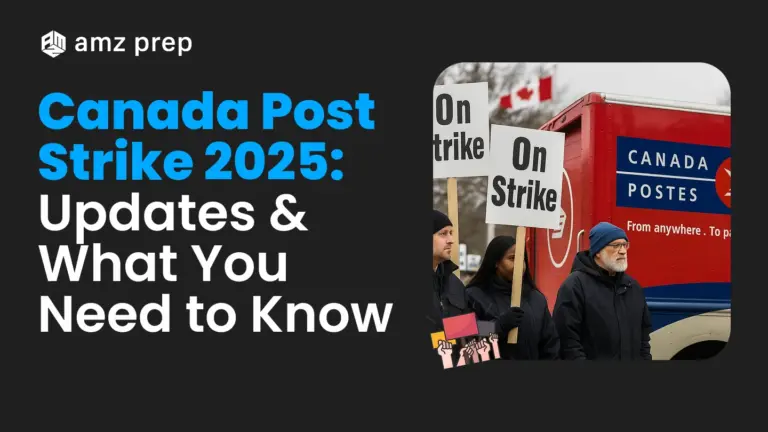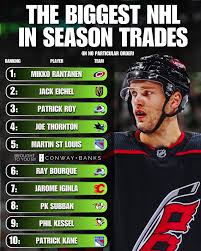
Introduction
Polio, short for poliomyelitis, is a highly infectious viral disease that primarily affects children under five. Once a leading cause of paralysis worldwide, the disease has seen a significant decline due to extensive vaccination efforts. However, recent global events underscore its continued relevance and the importance of maintaining vigilance against potential outbreaks.
Current Developments
According to the World Health Organization (WHO), 2022 marked notable instances where wild poliovirus was detected in Afghanistan and Pakistan, the last two countries where polio remains endemic. In August 2023, an unvaccinated child in New York was diagnosed with polio, the first instance in nearly a decade in the United States, raising alarms about the resurgence of the disease in countries where it had been eradicated.
The resurgence is partly attributed to vaccine hesitancy and misinformation surrounding vaccines. This phenomenon has been exacerbated by social media, leading to declines in immunization rates in various regions. Public health officials emphasize that unvaccinated populations not only place themselves at risk but can also lead to outbreaks that threaten wider communities.
Public Health Response
To combat the recent rise in polio cases, health authorities worldwide are ramping up vaccination initiatives and public awareness campaigns. In Canada, efforts are already underway to reinforce polio vaccinations in childhood immunization programs. The Public Health Agency of Canada has urged parents to ensure their children are fully vaccinated, reiterating that vaccination is a safe and effective way to prevent the disease.
Furthermore, global collaboration is vital, as the spread of polio does not respect borders. The Global Polio Eradication Initiative (GPEI) continues to promote vaccination campaigns, with the goal of eradicating the disease by 2026.
Conclusion
While polio cases have significantly decreased over the decades due to widespread vaccination, recent outbreaks remind us of the disease’s potential danger. It’s crucial for communities to maintain high vaccination coverage to protect vulnerable populations and to prevent resurgence. The global health landscape is interdependent; therefore, ongoing collaboration, education, and commitment to vaccination are key to ensuring the protection of future generations from polio.



